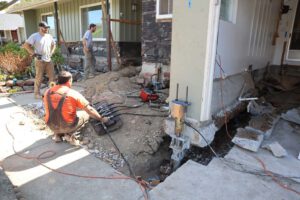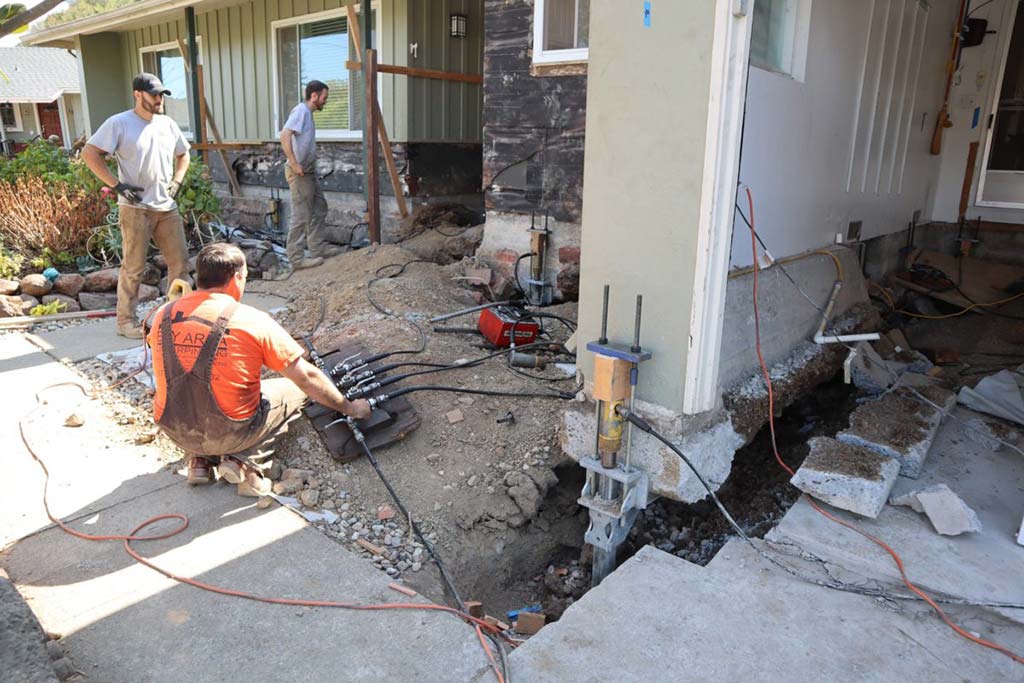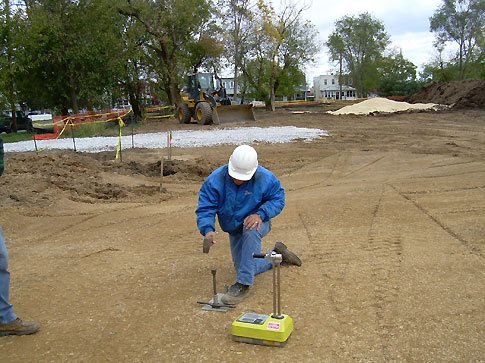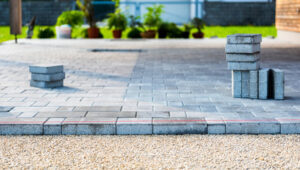Whether you are building a home or repairing an existing structure, foundation repair can be a crucial part of your project. Having a foundation that is properly supported can prevent costly problems with the house’s structure in the future.

Whether you’re re-doing a room or relocating, the foundation of your home should be checked and stabilized before you begin. This will prevent more expensive issues in the future. To contact for experts to do the job, you can call Foundation Repair Lynchburg VA.
Stabilization is the process of reinforcing your foundation with something other than the bare bones of your foundation. Stabilization usually involves one of two methods. Stabilization is more cost-effective than a full-scale foundation replacement.
One of the best methods of stabilizing a home involves installing vertical supports to relieve pressure on load-bearing walls. This technique is especially helpful if the house is tilted, but it doesn’t usually require a full-scale foundation replacement.
Another method of stabilizing your foundation involves installing a carbon fiber mesh that can strengthen your home and make it more resistant to structural damage. This system can be found in skyscrapers or bomb shelters. The material itself is made from a mixture of galvanized steel pipes that are topped off with epoxy resin.
The most obvious method of stabilizing your foundation involves lifting it off of its original location. This will prevent further settlement and make your home easier to live in. However, this method will result in a greater price tag. The cost of lifting a home to its original elevation can vary depending on your needs and the size of your home. Generally, the home’s original elevation is determined by an experienced professional.
A more economical method of stabilizing your foundation involves installing concrete piers. These piers are not actually attached to your foundation, but rather are placed under the lowest section of your home. These piers are less expensive than steel piers and require less time to harden. The piers can sink over time, though. The cost of installing concrete piers isn’t cheap, but it is well worth the investment if you’re re-doing your home.
Another method of stabilizing your foundation is using helical steel piers. These piers are specially designed to help your home’s foundation straighten out. Using a hydraulic torque motor, a pier is twisted into the ground. This method is best suited for difficult soils. These piers are also more resistant than their carbon fiber counterparts. The piers are also much easier to install.
Stabilization of your foundation can also be accomplished by installing steel shaft anchors into the ground. These anchors, which are threaded and turn into the ground, are a good solution for hard-to-reach or dense soils.
The best way to determine if you need foundation stabilization is to have an experienced professional inspect your home. You should also disclose the fact that you need this type of work when selling your home.
Whether you’re building a new home or just looking for a permanent solution for a sinking foundation, helical steel piers are a great choice. They are fast and affordable and can fix a variety of foundation problems. They are also a great way to stabilize existing structures. They are also a great solution for foundation problems in high groundwater areas.
These foundation repair devices have been around for a long time. In fact, they were invented by Alexander Mitchell, a brickmaker in 1780. He and his sons patented the idea of a helical pier. In the early 1900s, these devices began to become popular for supporting structures in weak soil. They are now used to stabilize foundations and auxiliary structures.


